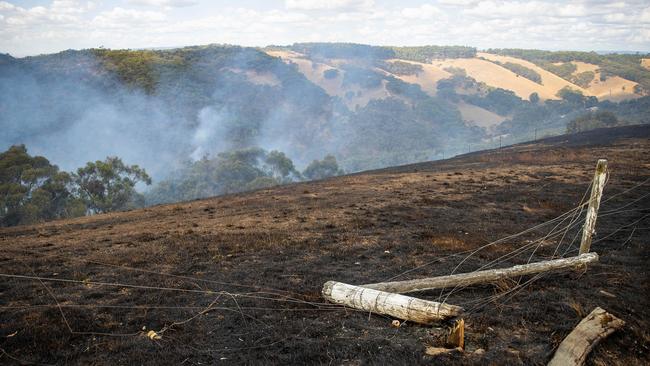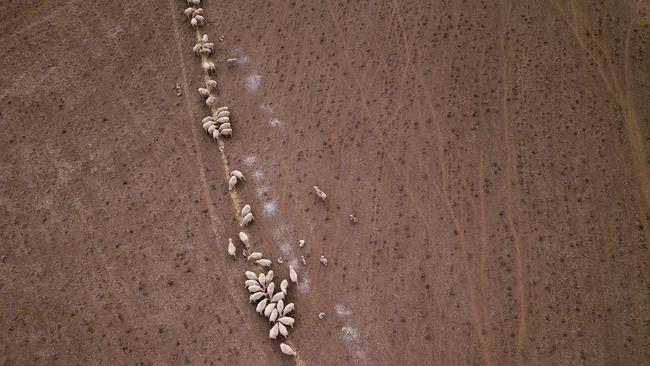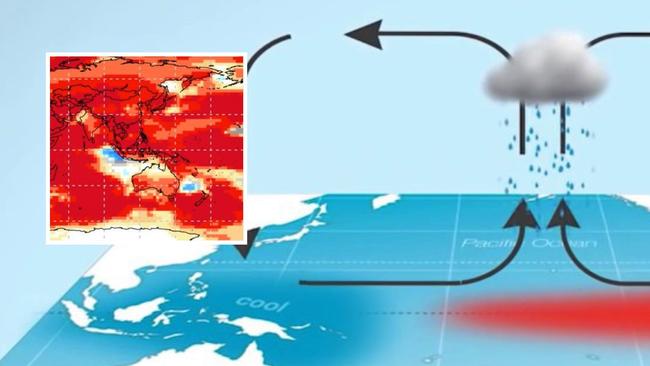BOM officially declares El Nino
The Bureau of Meteorology has officially declared El Nino, while NSW authorities have issued a “catastrophic” fire warning for the state’s far south coast.
The Bureau of Meteorology has officially declared that major global climate drivers El Nino and a positive Indian Ocean Dipole are under way across the Pacific region.
The climate pattern will increase the chances of a hot and dry summer across most of southern and eastern Australia from October to December.
Meanwhile, amid soaring temperatures and unexpectedly high winds, NSW fire authorities have urged residents to leave the area after upgrading warnings on large sections of the state’s far south coast to “catastrophic” this afternoon.
The El Nino announcement comes as temperatures reached 30C in the north of Victoria in the past week, with concerns from some farmers that paddocks will dry out.
Most of Australia, including Victoria and NSW, received little to no rainfall during the week.

The news follows fire authorities recently urging Australians to prepare for the most significant threat of bushfire since the ‘black summer’ of 2019-20 this season, due to predicted heatwaves, decreased rainfall and high fuel loads.
BOM modelling predicts that a positive IOD will persist until at least the end of spring, a phase that typically leads to reduced spring rainfall for central and southeast Australia.
In NSW, at Dubbo, where producers report widespread dry conditions, the mercury hit 33C on Monday with a forecast of milder conditions after Wednesday until Sunday.
El Nino events are the opposite of La Nina phases and associated with a warming of the central and eastern tropical Pacific and reversal of trade winds.

These changes in the Pacific Ocean and its overlying atmosphere occur in a cycle known as the El Nino – Southern Oscillation.
According to the BOM, El Nino events are characterised by reduced rainfall, hotter than average temperatures across southern parts of Australia, shifts in temperature extremes, increased frost risk, reduced tropical cyclones and increased fire danger in southeast Australia.
The World Meteorological Organisation has already confirmed an El Nino.
More Coverage





